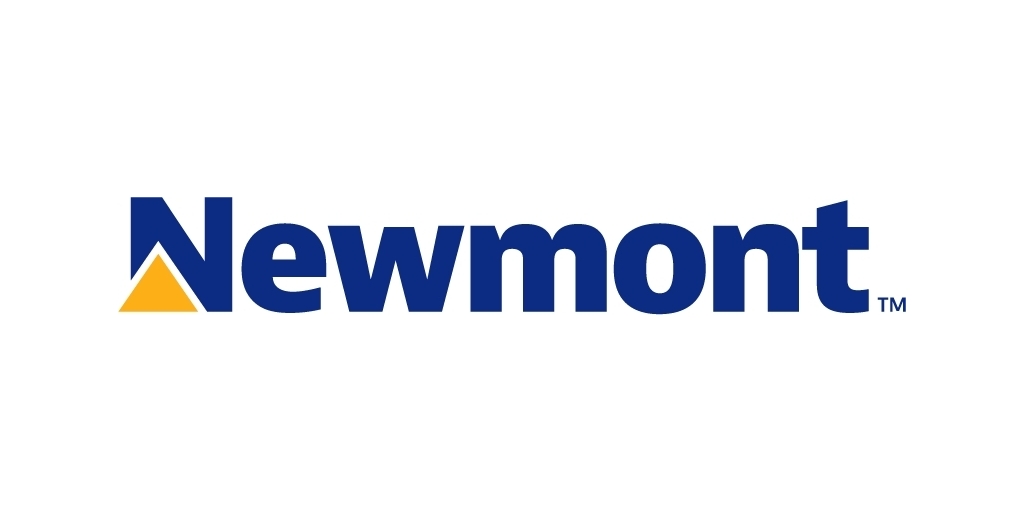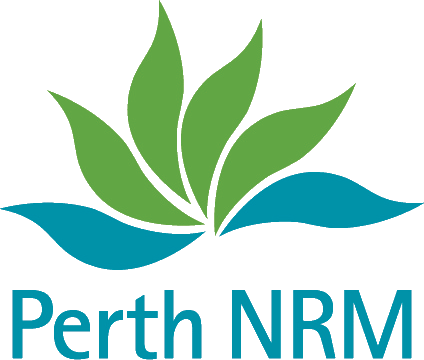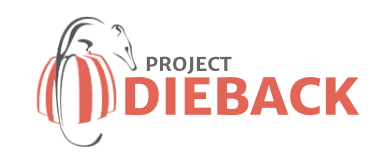

Keith McDougall
Biodiversity and Conservation | Department of Planning, Industry and Environment
Presentation Title: Modelling the distribution and risk of Phytophthora cinnamomi in NSW
Meet the Presenter:
Keith McDougall’s career spans more than 40 years of dabbling (and publishing) in alpine plant ecology, grassland conservation, Phytophthora, restoration ecology, dendrochronology, global invasive plant patterns, threatened species, fire ecology and entomology.
Keith started his journey in Victoria, had a brief spell in WA, and has now been in NSW for over 20 years. He plans to complete the loop next year.
Keith currently works for the NSW Department of Planning, Industry and Environment (in the rural city of Queanbeyan).
Keith played bass guitar in his high school heavy metal band, went to University to study physics after working for a year in a sewerage tunnel and may have a future with penguins. Ask Keith to clarify if you’re game enough to brave his quirky sense of humour!

Abstract:
While Phytophthora cinnamomi has been well-studied in other parts of Australia, its distribution and impact are poorly known in New South Wales. In a recent study, Keith and his research partner Edward Liew (Royal Botanic Gardens Sydney) compiled existing data on Phytophthora cinnamomi occurrence and filled spatial gaps in sampling. They found about 1000 records of Phytophthora cinnamomi presence in over 5000 tests of soil and root material, and collected a further 457 samples from areas where no sampling had previously been done. The resulting data set enabled modelling of Phytophthora cinnamomi habitat suitability using the software program MaxEnt with climate and soil spatial layers.
The research found that coastal areas and adjacent tablelands were most suitable for the pathogen, although some areas within that may be unsuitable because of soil properties. Keith and Edward then modelled assets (threatened species) potentially affected by Phytophthora cinnamomi to produce a layer of risk. Using projected climate layers, they found that habitat suitability and risk will decline in parts of northern NSW by 2070 but be amplified in the south. New susceptible species in places such as the Australian Alps are likely to be exposed to the pathogen in the future.




This event was supported by funding from the Western Australian Government’s State NRM Program, the Department of Biodiversity, Conservation and Attractions, Newmont Boddington Gold, and Perth NRM
This project is supported by funding from the Western Australian Government's State NRM Program


